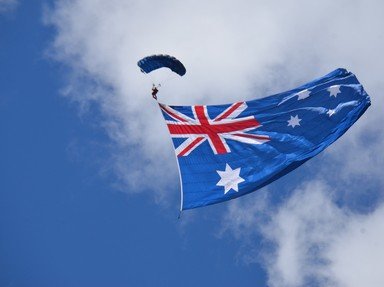
How the West Was Really Won (Part IV) Quiz
Western Australian Sports Stars
The Western Australian Sports Hall of Fame contains many great names. Unsurprisingly the majority of those names fall within the realms of three sports... Australian Rules Football, Cricket and Field Hockey. This quiz looks at some from those fields.
A classification quiz
by pollucci19.
Estimated time: 3 mins.